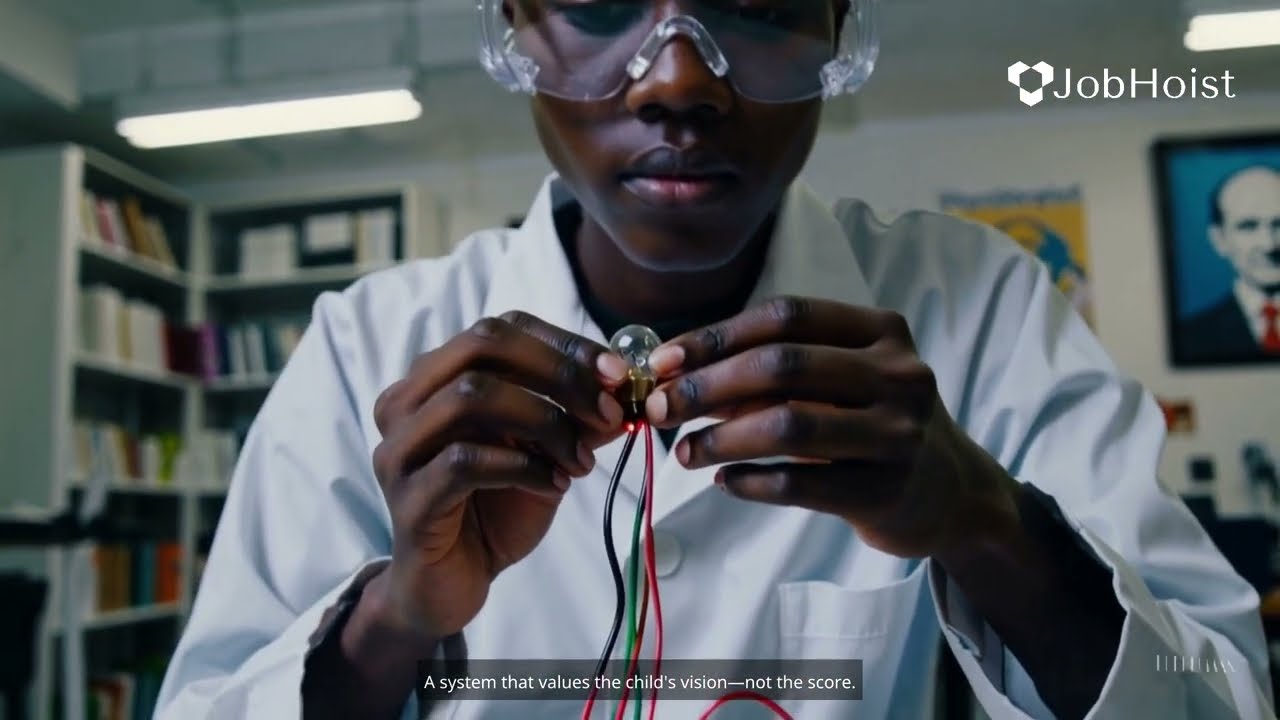Introduction: Re-Imagining Education
Re-Imagining Education is no longer an idealistic ambition—it’s a necessary evolution. As Kenya seeks to uplift its learning ecosystem, Finland’s education system offers powerful lessons in equity, innovation, and long-term thinking. Globally praised, Finland’s model puts student well-being, teacher trust, and lifelong learning at the heart of education—an approach that Kenya can meaningfully adapt.
How Finland Built a World-Class Education System
Finland’s educational success is not accidental—it’s the result of systemic reforms centered on inclusivity, equity, and professional trust. Key highlights include:
1. No Standardized Testing Until the End
Finnish students take just one national exam at the end of high school. This frees schools to focus on learning, not ranking.
2. Highly Trained Teachers
All teachers in Finland must hold a master’s degree and are treated as professionals. They design their own curriculums and enjoy trust from the system.
3. Free Education—For Everyone
From preschool to university, education in Finland is completely free—even for adults returning to study in later years. School meals, transport, books, and health services are also publicly funded.
4. Student Well-being Comes First
Schools start later in the day, have shorter hours, and prioritize play, rest, and mental health. Creativity and collaboration are embedded in classroom culture.
5. Lifelong Learning Opportunities
Older adults can easily return to formal learning through public institutions, vocational retraining, or adult education centers—without financial barriers.
The Current State of Education in Kenya
Kenya has made tremendous progress in increasing access to basic education, especially through initiatives like Free Primary Education (FPE) and the Competency-Based Curriculum (CBC). Yet, challenges persist:
Overcrowded classrooms and teacher shortages
Pressure from KCPE and KCSE exam systems
Underfunded public schools and inequality between private and public access
Limited focus on soft skills, innovation, and individual growth
Minimal adult learning and vocational reintegration paths
Despite government efforts, many Kenyan learners are still evaluated more by grades than by creativity or personal development.
Key Differences: Finland vs Kenya Education
Aspect Finland Kenya
Exams Minimal testing, only at the end of high school National exams (KCPE, KCSE) drive the system
Teacher Qualification All have master’s degrees Diploma or degree (varies)
Education Cost Free across all levels, including adult learning Free at primary, partial at secondary
Teaching Approach Play-based, student-led, collaborative Exam-focused, syllabus-driven
School Infrastructure Modern, well-equipped, child-friendly Unequal, crowded, under-resourced
Support Services Free meals, counseling, transport Limited to none in most public schools
Vocational/Adult Learning Widely available and funded Limited access and awareness
What Kenya Can Learn and Implement
Re-Imagining Education Through Teacher Empowerment
Kenya can invest in raising teacher standards by incentivizing master’s-level training and granting more classroom autonomy. Trusting teachers as professionals improves morale and outcomes.
Reducing Over-Reliance on Exams
By reducing the weight of KCPE and KCSE, and encouraging project-based learning and continuous assessment, students can focus more on learning than passing.
Expanding Free Education Beyond Primary
Kenya should consider policies to cover the full education journey, including subsidized secondary and vocational education, and re-entry programs for adult learners.
Prioritizing Mental Health and Creativity
School environments must go beyond academics. Incorporating counseling, music, sports, and arts nurtures well-rounded individuals ready for life.
Inclusive Digital Transformation
Finland leverages digital tools across all age groups. Kenya can adopt edtech platforms to bridge teacher shortages, improve engagement, and track learner progress—especially in rural areas.
Global Examples and Policy Shifts
Singapore restructured its curriculum to de-emphasize rote learning and standard tests.
Estonia, like Finland, offers universal free education with top PISA scores globally.
Rwanda is leading a tech-driven education transformation in East Africa.
Kenya can collaborate regionally and globally to exchange best practices and co-develop policies that work in our context.
Conclusion: The Path to Re-Imagining Education in Kenya
Re-Imagining Education in Kenya means shifting from a system that emphasizes scores to one that values people. By learning from Finland’s equity-driven, innovation-first approach, Kenya can forge a new model that empowers both learners and educators.
This is more than reform—it’s a reawakening.
JobHoist is committed to supporting better governance through informed conversations, inspiring models, and educational innovation.
















